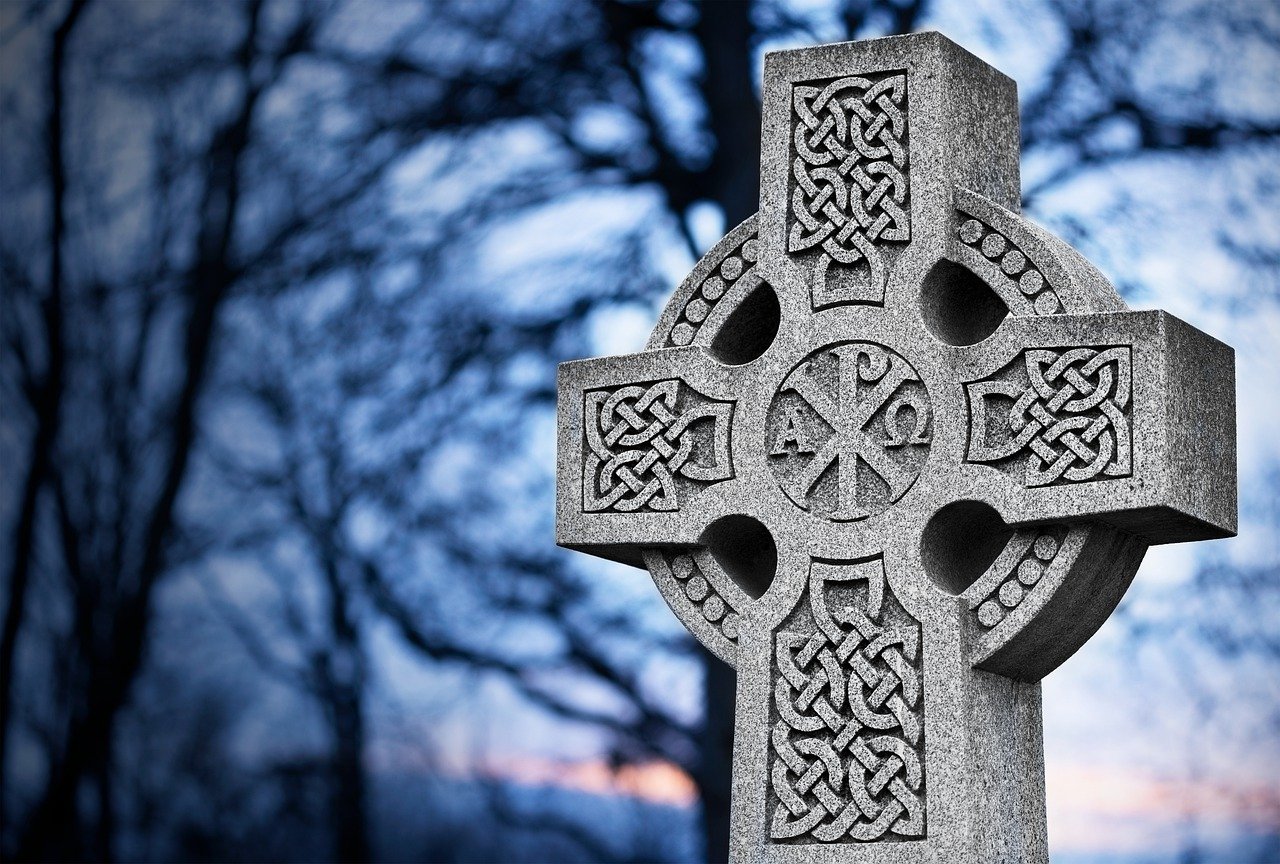Cernunnos, often revered as an ancient Celtic deity, embodies nature, wildlife, and fertility. His depictions throughout various forms of Celtic art frequently showcase him adorned with stag antlers or horns, coupled with a torc around his neck. Despite the scarcity of concrete details regarding his worship or representations, notable artifacts such as the Gundestrup Cauldron, the Val Camonica rock art, a bronze figure from Bouray, and the Nautae Parisiaci monument illustrate his significance. There is speculation that Cernunnos could have influenced Christian portrayals of Satan and heroic figures in medieval Welsh and Irish literature.
Name and Associations
The etymology of the name Cernunnos remains ambiguous, with the common association to the Celtic word for “horn” debated by scholars. Evidence of his name appears in a singular inscription on the 1st-century CE Nautae Parisiaci monument. Likewise, there are other horned deities within Celtic mythology whose roles and relevance are still not fully understood.
Recognized as a prominent figure in Celtic tradition, Cernunnos, also known as “the horned one,” symbolizes a breadth of concepts—including nature, agricultural bounty, animals, fertility, and prosperity. He might also have been venerated as an ancestral figure. However, the limited written records the Celts left behind make it difficult to ascertain the specifics of worship practices or the precise essence of their deities. Julius Caesar, in his account “Gallic Wars,” compared Celtic gods to those of the Romans, linking Cernunnos with Dis Pater, a deity associated with death and the Underworld, likely akin to Pluto. Evidence from ancient sources and artworks suggests that animal sacrifices, and potentially even human offerings, were made in honor of Cernunnos and other deities. Votive gifts typically included food and luxuries like ornately designed metal cauldrons, fine pottery, along with small structures such as relief tablets and pillars.
Representations in Art
Cernunnos has become one of the distinct and prevalent icons in Celtic art, frequently depicted with stag antlers and, at times, hooves, symbolizing his mastery over the forest—a representation of vigor, swiftness, and male vitality. The seasonal shedding of antlers reflects the notion of renewal and they were often fashioned into phallic amulets. Cernunnos is often portrayed with a cross-legged stance, drawing comparisons to the contemplative posture of the Buddha, although it is arguably more indicative of a Celtic dining tradition where stools were seldom used. In some Celtic sculptures, there are openings in the figures’ heads, possibly intended to accommodate actual stag antlers. One of the earliest known depictions of a horned figure can be traced back to a rock painting in Val Camonica, north Italy, believed to date from the 5th century BCE. This tall figure, adorned with stag antlers and torcs, is surrounded by sun motifs, leading some scholars to hypothesize about Cernunnos as a sun deity.
Iconic Artifacts
Cernunnos is prominently featured on a relief panel of the Gundestrup Cauldron. Discovered in Denmark in 1891 CE but likely created in the Balkans around the 1st century BCE, this silver cauldron reflects both Celtic and Near Eastern artistic influences. One of its panels portrays a seated god with cross-legged positioning, stag antlers, and a torc around his neck; he clutches another torc in one hand and a long snake with a ram’s head in the other. These symbols are thought to represent strength and abundance, and he is surrounded by a similarly antlered stag, a deer, five unusual creatures, and a diminutive figure astride what might be a dolphin.
Another significant representation of Cernunnos appears in a bronze figure discovered in the Juine River at Bouray near Paris in 1845 CE. This 1st-century BCE figure wears a substantial torc and adopts the familiar cross-legged pose, though its legs terminate in hooves. With Roman-styled hair and glass-inlaid eyes—though only one remains intact—this 42-centimetre tall figure currently resides in the Archaeological Museum of Château de Saint-Germain-en-Laye, Yvelines, France.
Further, Cernunnos is depicted on the 1st-century CE Nautae Parisiaci monument, which translates to “the seamen of the city of Paris.” The monument’s votive inscription attests to its dedication to Jupiter during the reign of Emperor Tiberius. Recovered in fragments near Notre-Dame Cathedral, this monument once comprised perhaps eight stacked blocks, though three are currently missing. Each block features relief panels, one of which highlights Cernunnos, identified by inscription. This depiction is a bust representation adorned with a beard, stag horns, and ears, with an elaborate torc hanging from his horns. The missing lower portion leaves open the possibility of Cernunnos being in his signature cross-legged position. The juxtaposition of Cernunnos alongside Jupiter suggests a potential blend of respect for two significant deities across different cultures, while surrounding panels showcase various Greco-Roman gods including Jupiter, Mars, and Venus. This monument is now displayed in Paris’s Musée de Cluny.
Additionally, a 1st-century CE bas-relief from Rheims illustrates how Celtic art was influenced by Roman contact, showing Cernunnos seated with his legs crossed on a pedestal, bearded, and horned. He is in the company of both a stag and a bull feasting from an overflowing sack of abundance he holds; this image may evoke connections with Pluto, associated with wealth. Apollo and Mercury flank him, identifiable by their respective symbols, and the relief is presently housed in the Musée Saint-Remi in Rheims.
Cultural Impact
The reverence of Cernunnos, characterized by his horned depictions, likely played a role in shaping the visual mythology surrounding the figure of Satan within Christianity. Beyond this, he is echoed in Brittany’s folklore with the character Korneli, sometimes hailed as the patron saint of horned animals. Cernunnos also permeates literary traditions in Wales and Ireland, with the heroic figure Conall Cernach from the Ulster Cycle—while drawn from Middle Ages literature—possibly serving as a euphemism for him.



